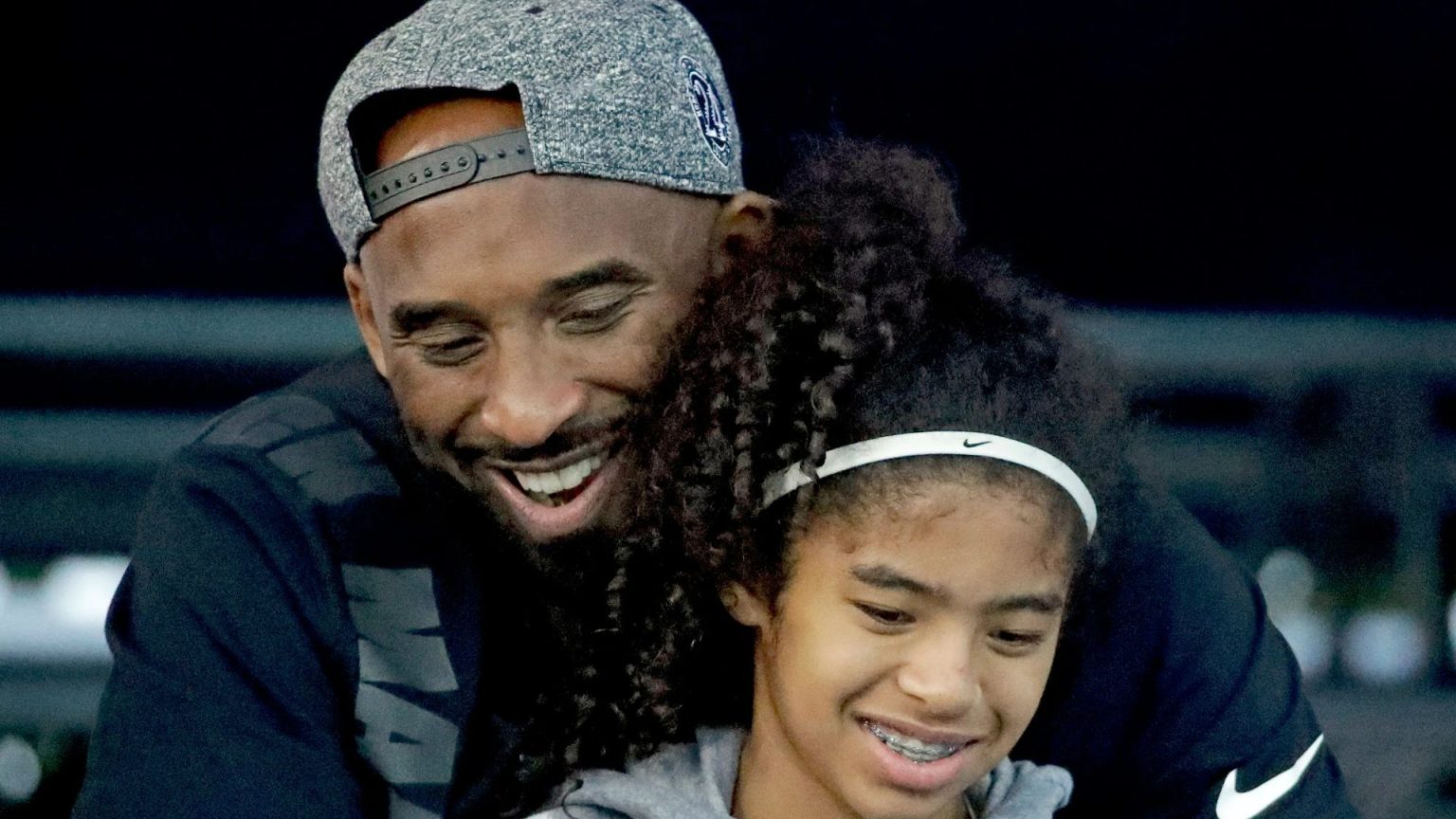The tragic helicopter crash that claimed the lives of Kobe Bryant, his daughter Gianna, and seven others on January 26, 2020, stemmed from a series of unfortunate events compounded by pilot error. Kobe, renowned for his aversion to Los Angeles traffic, frequently used helicopters for travel, making the short flight from Orange County to Thousand Oaks for Gianna’s basketball tournament seemingly routine. However, foggy conditions that morning forced the pilot, Ara Zobayan, to deviate from the usual route and navigate through challenging terrain. The Sikorsky S-76B helicopter departed John Wayne Airport at 9:06 am PT, carrying Kobe, Gianna, along with baseball coach John Altobelli, his wife Keri, their daughter Alyssa, Sarah Chester and her daughter Payton, and basketball coach Christina Mauser.
As the helicopter encountered worsening visibility, Zobayan engaged with air traffic control, receiving instructions to hold and circle while awaiting clearance. Subsequently, he was granted permission to proceed under special visual flight rules (SVFR), navigating along the 5 Freeway and then the Ventura Freeway. At 9:44 am, while attempting to ascend above the cloud layer, the helicopter abruptly entered a steep descent, crashing into a hillside near Calabasas just minutes later. The impact claimed the lives of all nine onboard. Emergency services were immediately notified, with a harrowing scene unfolding as first responders arrived at the wreckage.
The aftermath of the crash was marked by profound grief, both public and private. The world mourned the loss of a basketball legend, while the families of the victims grappled with the sudden and devastating loss of loved ones. As investigations commenced, the National Transportation Safety Board (NTSB) meticulously pieced together the events leading to the tragedy. Their comprehensive report, released in early 2021, identified pilot error as the primary cause of the crash.
The NTSB concluded that Zobayan, likely disoriented by the dense cloud cover, lost spatial awareness and control of the helicopter. The report also suggested that Zobayan might have felt pressure to complete the flight despite the adverse weather, possibly to accommodate Kobe’s schedule. Furthermore, the pilot’s decision to fly at an excessive speed of approximately 160 mph in poor visibility contributed to the tragic outcome. This combination of factors ultimately led to the helicopter’s uncontrolled descent and fatal impact.
Adding to the families’ anguish, the immediate aftermath of the crash was marred by the insensitive actions of some first responders. Los Angeles County sheriff’s and fire department personnel took and shared graphic photos of the crash scene, including images of the victims. This egregious breach of privacy compounded the families’ grief and led to legal action. Vanessa Bryant, Kobe’s widow, filed lawsuits against the county, alleging emotional distress and invasion of privacy. After a protracted legal battle, a jury found in favor of Vanessa Bryant and Chris Chester, another victim’s relative, awarding them substantial damages.
The Kobe Bryant helicopter crash remains a stark reminder of the devastating consequences of pilot error, particularly in challenging weather conditions. The NTSB’s detailed report underscores the importance of adhering to flight regulations and prioritizing safety over schedule pressures. Beyond the immediate loss of life, the incident also highlighted the ethical responsibilities of first responders and the need for strict protocols regarding the handling of sensitive information at disaster sites. The legal battles that ensued further emphasized the importance of accountability and the right to privacy, especially for grieving families. The legacy of this tragedy serves as a cautionary tale in the aviation industry and underscores the enduring pain inflicted by the loss of loved ones under such preventable circumstances.










